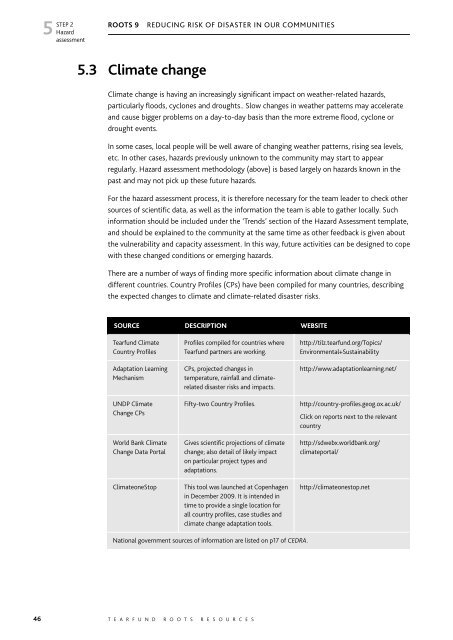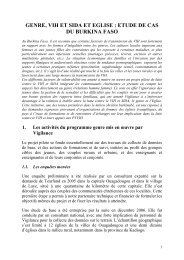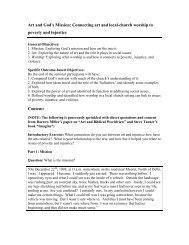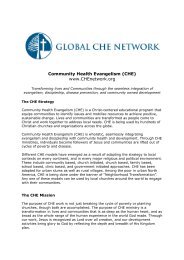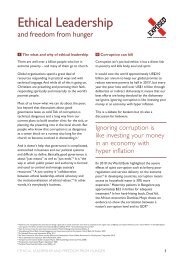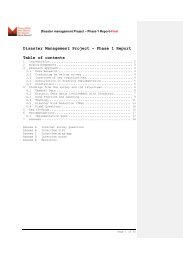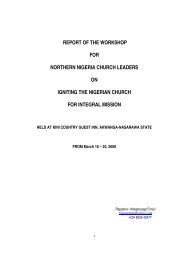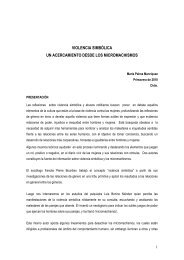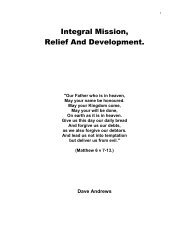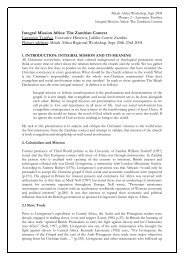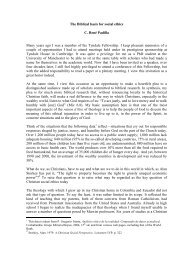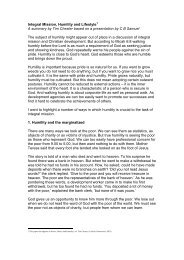Download - Micah Network
Download - Micah Network
Download - Micah Network
- No tags were found...
You also want an ePaper? Increase the reach of your titles
YUMPU automatically turns print PDFs into web optimized ePapers that Google loves.
STEP 25 HazardassessmentROOTS 9REDUCING RISK OF DISASTER IN OUR COMMUNITIES5.3 Climate changeClimate change is having an increasingly significant impact on weather-related hazards,particularly floods, cyclones and droughts.. Slow changes in weather patterns may accelerateand cause bigger problems on a day-to-day basis than the more extreme flood, cyclone ordrought events.In some cases, local people will be well aware of changing weather patterns, rising sea levels,etc. In other cases, hazards previously unknown to the community may start to appearregularly. Hazard assessment methodology (above) is based largely on hazards known in thepast and may not pick up these future hazards.For the hazard assessment process, it is therefore necessary for the team leader to check othersources of scientific data, as well as the information the team is able to gather locally. Suchinformation should be included under the ‘Trends’ section of the Hazard Assessment template,and should be explained to the community at the same time as other feedback is given aboutthe vulnerability and capacity assessment. In this way, future activities can be designed to copewith these changed conditions or emerging hazards.There are a number of ways of finding more specific information about climate change indifferent countries. Country Profiles (CPs) have been compiled for many countries, describingthe expected changes to climate and climate-related disaster risks.SOURCE DESCRIPTION WEBSITETearfund ClimateCountry ProfilesAdaptation LearningMechanismUNDP ClimateChange CPsWorld Bank ClimateChange Data PortalClimateoneStopProfiles compiled for countries whereTearfund partners are working.CPs, projected changes intemperature, rainfall and climaterelateddisaster risks and impacts.Fifty-two Country Profiles.Gives scientific projections of climatechange; also detail of likely impacton particular project types andadaptations.This tool was launched at Copenhagenin December 2009. It is intended intime to provide a single location forall country profiles, case studies andclimate change adaptation tools.http://tilz.tearfund.org/Topics/Environmental+Sustainabilityhttp://www.adaptationlearning.net/http://country-profiles.geog.ox.ac.uk/Click on reports next to the relevantcountryhttp://sdwebx.worldbank.org/climateportal/http://climateonestop.netNational government sources of information are listed on p17 of CEDRA.46 T E A R F U N D R O O T S R E S O U R C E S


